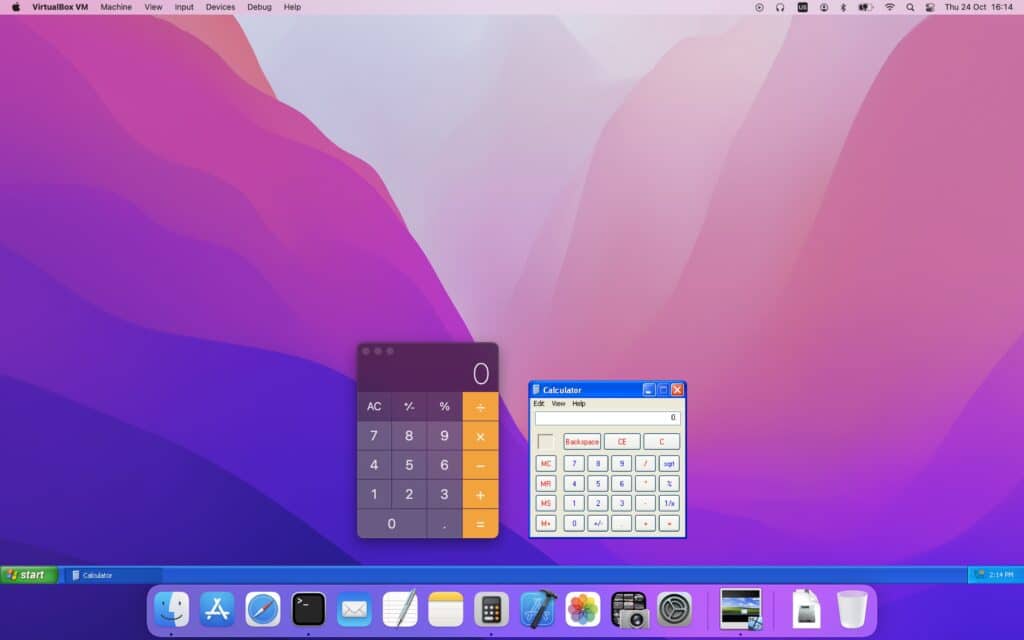Oracle has released VirtualBox 7.2 Beta 2, a new preliminary version of its cross-platform virtualization software, featuring key improvements for both Linux users and those working with Windows on ARM architecture. This version is accompanied by the launch of Oracle Linux 10 and marks a significant step toward a more comprehensive, modern, and open virtualization experience.
In addition to technical updates, Oracle has recently moved the VirtualBox source code to GitHub, facilitating community collaboration and increasing development transparency.
But how does VirtualBox stack up against competitors like VMware Workstation? Below, we review the most relevant improvements in this beta and compare its offering to one of the most established tools in the market.
Key Features of VirtualBox 7.2 Beta 2
✔ Support for Linux 6.16
The beta adds preliminary support for the Linux kernel 6.16, both for host and guest systems, ensuring compatibility with the latest distributions. Bugs related to the loading of the vboxvideo module and the VBoxClient in older kernel versions, including the 2.6 series, have also been fixed.
✔ Advances in Windows 11 on ARM
One of the most developed areas in this version is support for Windows 11 on ARM architectures, which are increasingly present in portable devices. Key improvements include:
- New WDDM graphics driver for smooth 2D graphics.
- Shared folders functionality, essential for interoperability between host and guest.
✔ Enhancements in Virtualization and Performance
VirtualBox 7.2 Beta 2 strengthens its compatibility with Hyper-V (Microsoft’s hypervisor), adds support for advanced instructions like AVX and AVX2, and resolves bugs in nested virtualization on Intel CPUs.
Numerous fixes have also been included:
- Optimization of the NAT networking system.
- Bug fixes in video recording.
- Improvements in TPM management and booting of UEFI guest systems.
- Refinement of the graphical interface and international translations.
VirtualBox vs VMware Workstation: Which to Choose?
Both programs offer comprehensive virtualization solutions, but there are key differences depending on user needs:
| Feature | VirtualBox 7.2 Beta 2 | VMware Workstation Pro 17 |
|---|---|---|
| Price | Free and open source | Paid (commercial license) |
| ARM Support | Evolving support (improving with each beta) | Limited or nonexistent for ARM |
| Source Code | Available on GitHub | Closed, with no access to code |
| Supported Systems | Windows, Linux, macOS (host only on Intel macOS) | Windows and Linux |
| Snapshots and Clones | Yes, full functionality | Yes, including advanced linked clones |
| Graphics Performance (3D) | Limited (improving in recent versions) | Better support and hardware acceleration |
| Advanced Networking (NAT, Host-only, etc.) | Yes, with recent NAT improvements | Yes, with more detailed configurations |
| Host Integration | Adequate, in development for ARM | More polished and mature |
| Enterprise Use | Recommended for development and testing | More aimed at complex professional environments |
| Nested Virtualization | Active support and recent fixes on Intel | Robust and mature support |
In summary:
- VirtualBox is ideal for those looking for a free, open source solution with constant improvements and an active community.
- VMware Workstation, though paid, offers a more robust and mature environment for professionals needing stability and high-level graphics performance, especially on traditional x86 architectures.
A Step Towards Openness
The move of the VirtualBox source code to GitHub (https://github.com/VirtualBox/virtualbox) represents a strategic shift that facilitates third-party contributions and allows for independent audits, particularly relevant in an environment where security and transparency are increasingly valued.
Conclusion
VirtualBox 7.2 Beta 2 confirms that Oracle continues to invest in innovation in desktop virtualization, including support for emerging architectures like ARM, compatibility with the latest Linux kernels, and a more polished user experience.
Although it is still in testing, this version shows notable technical maturity, positioning VirtualBox as a powerful and free alternative to proprietary solutions like VMware Workstation.
For those who value freedom, data privacy, and the ability to tailor software to their needs, VirtualBox remains a strong choice.
For more information and downloads:
🔗 https://www.virtualbox.org
🧵 Beta discussion forum: https://forums.virtualbox.org/viewtopic.php?t=113748

